Fermentation Questions & Answers
To help you in your fermenting journey we have put together some of the most commonly asked questions.
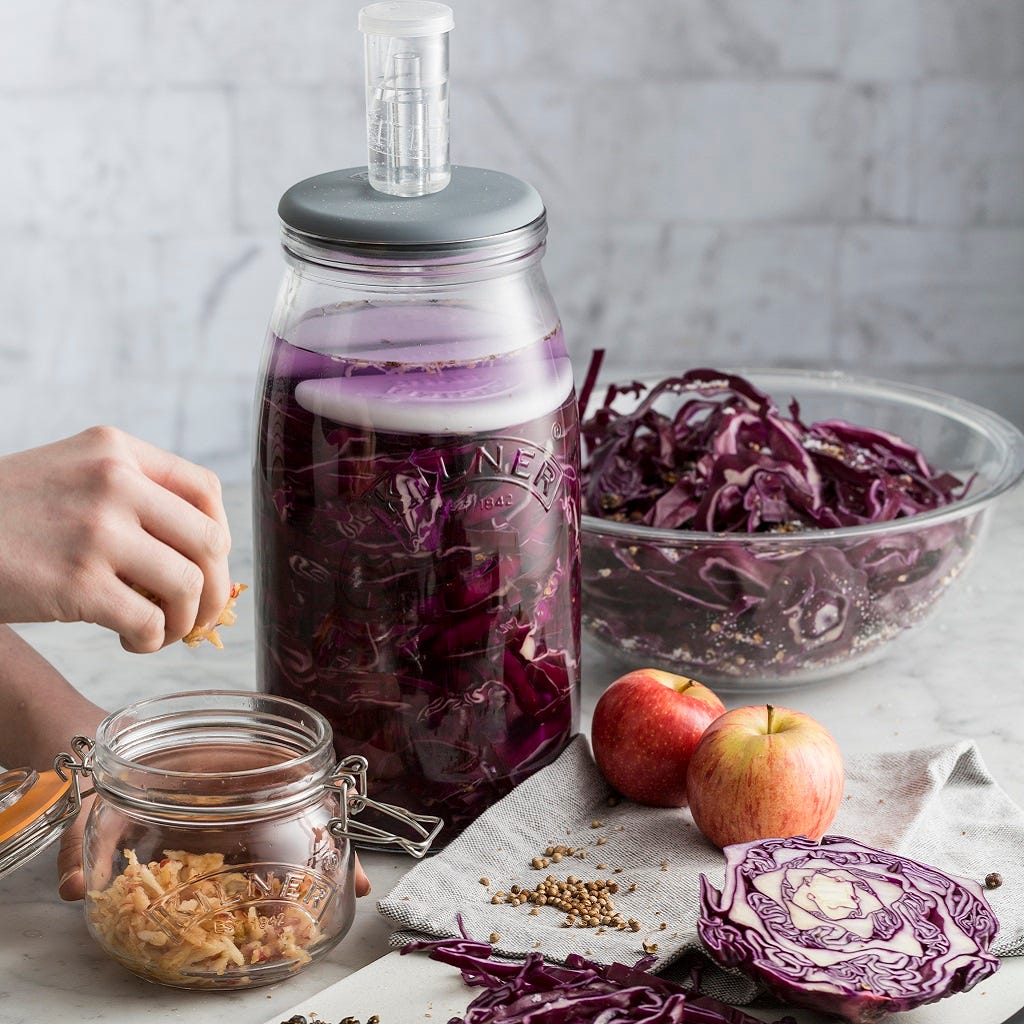

Some pieces of vegetables are escaping the stones. Should I remove them?
It is perfectly normal for pieces of shredded cabbage or smaller sized vegetables to float up to the surface when fermenting. We do recommend removing any pieces which are floating or protruding above the brine.
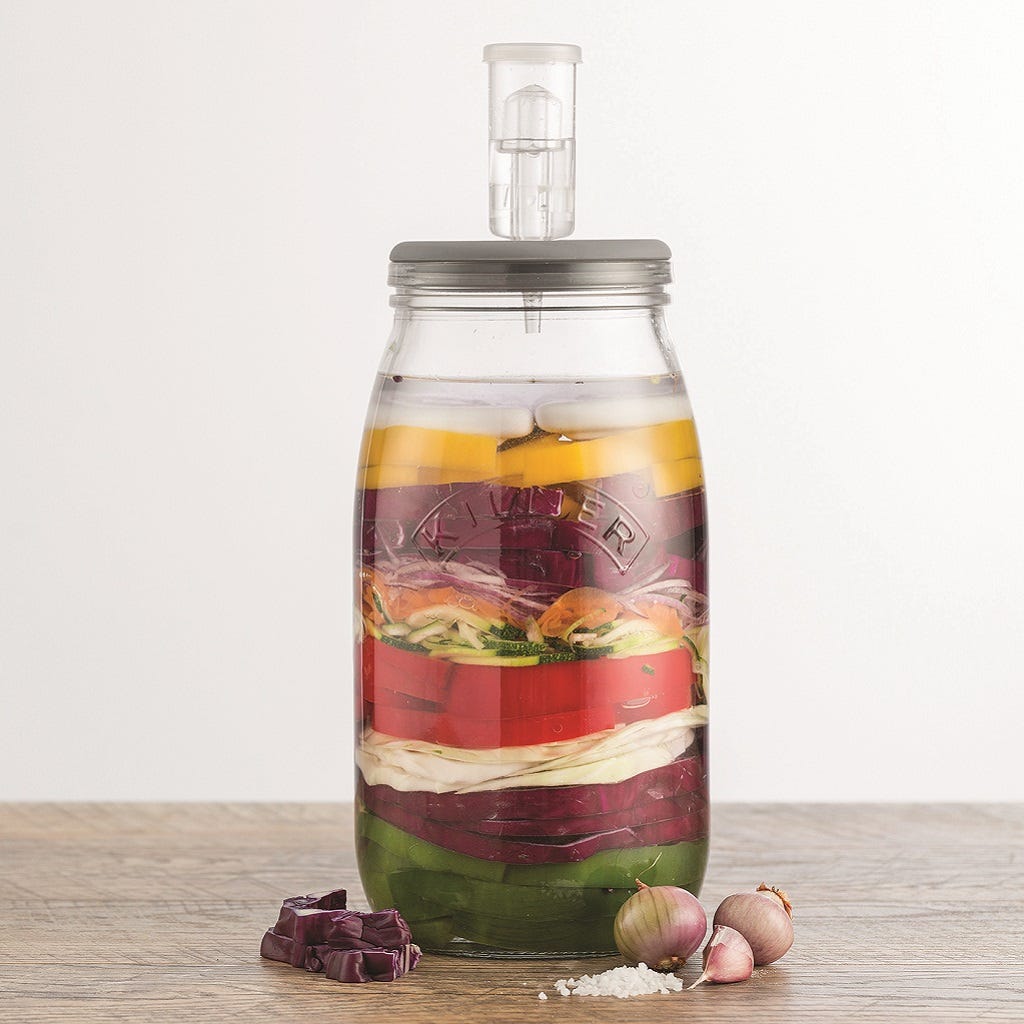

Is cloudy brine or sediment in my fermented vegetables safe?
Cloudy brine and sediment in the bottom of the jar are both signs that the vegetables are culturing well.
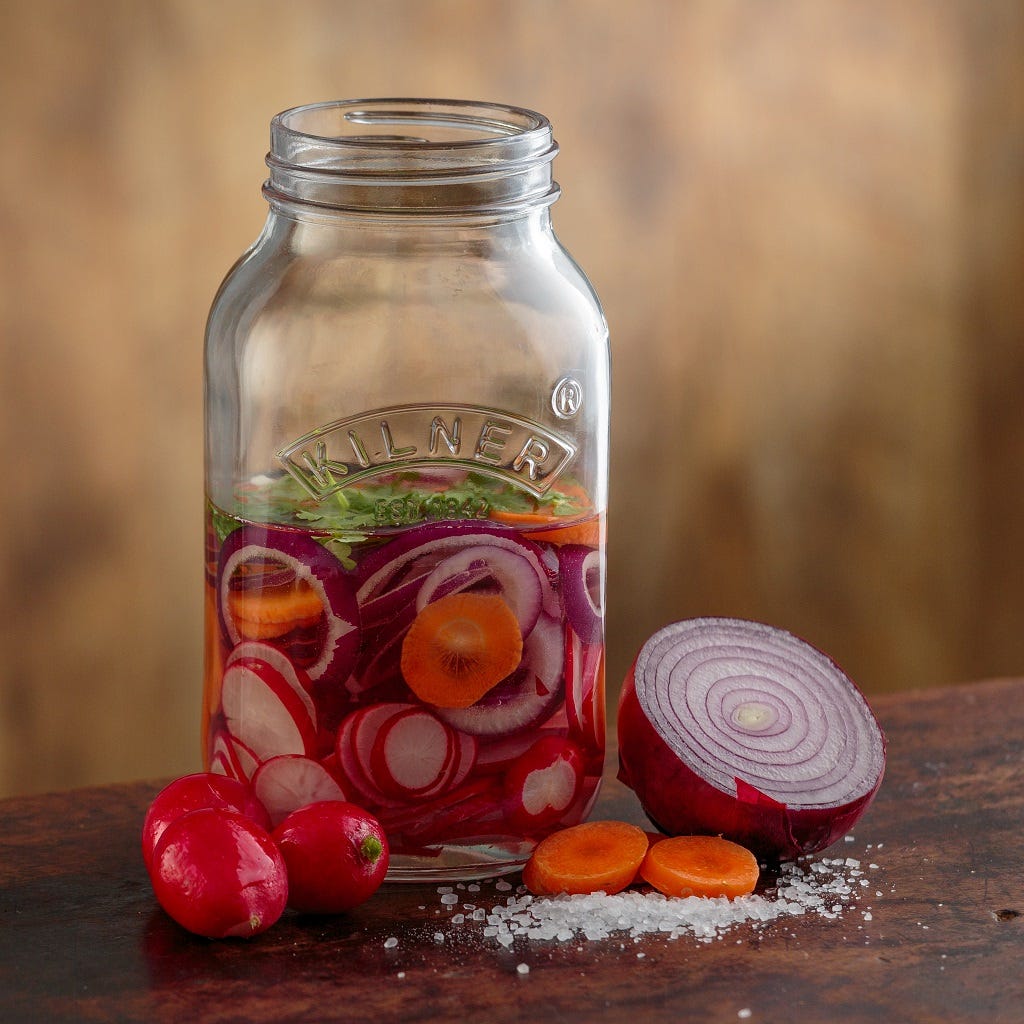

The brine in my jar is foamy, bubbling or is not changing at all. Is fermentation still taking place?
Some vegetables foam more than others when fermenting. Foaming is completely harmless and generally disappears after a few days. You may also notice some bubbling in the jar as gases are formed by the fermentation process, this is also perfectly normal. As long as the ferment smells and tastes pleasant, the culture is doing well.
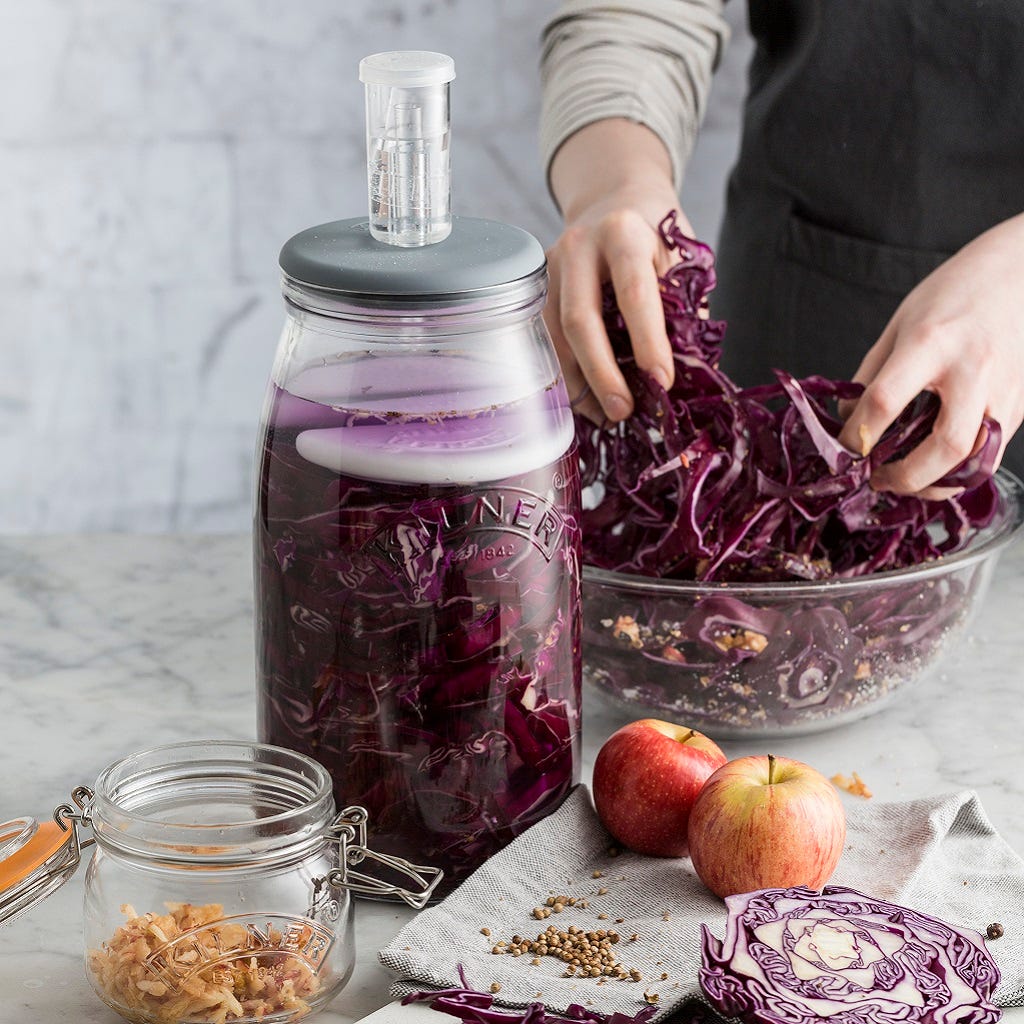

How can I tell if my fermented vegetables are ready?
Fermentation is a continual process and flavours will change over time so we recommend tasting and smelling your fermented vegetables regularly. As an indication, once the vegetable ferment appears gaseous or bubbly and smells sour but pleasing, it is time to taste. If you are happy with the texture and taste then you can move your Kilner® Fermentation Jar to the fridge or transfer to small Kilner® Jars.
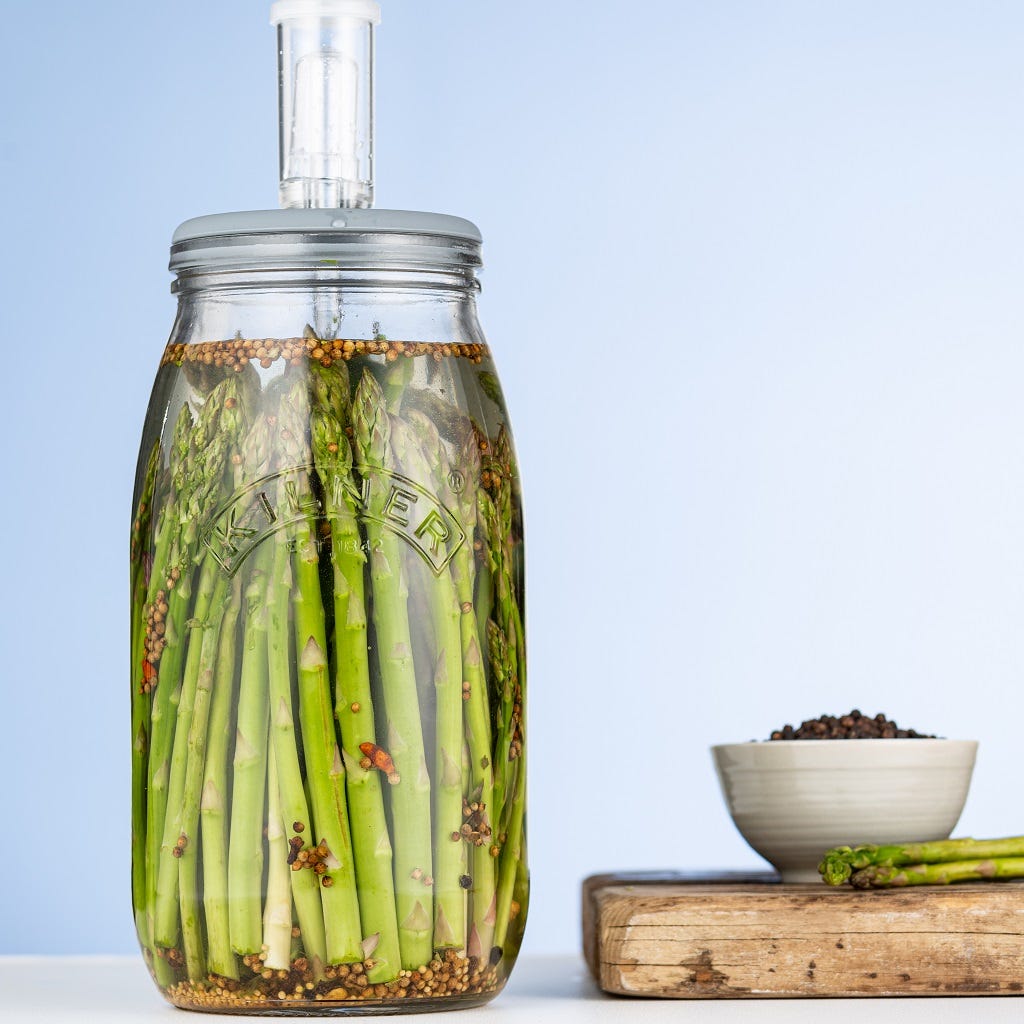

What is the ideal temperature for fermentation?
The ideal temperature range is 64°F to 75°F (17.8°C – 24°C). Depending on the temperature of your room will mean a faster or slower fermentation. We do recommend tasting your ferment regularly.
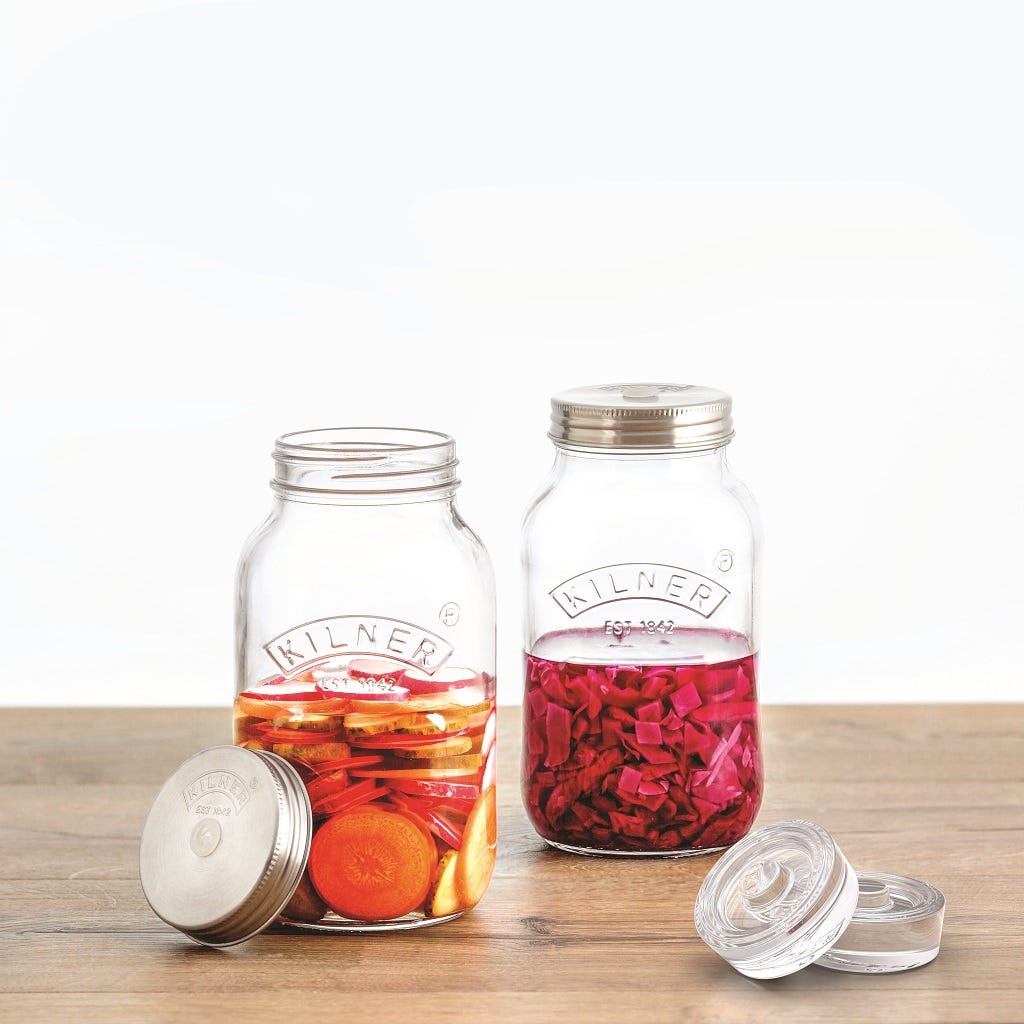

Mold has developed on the top of my fermented vegetable, what can I do?
The presence of mold indicates that there has been some air exposure. If the mold is dark in colour then the batch should be discarded. If there is white coloured mold on the top then this is perfectly safe and you can remove this by using a skimmer. Your fermented vegetables will carry on fermenting in the usual way. We do also recommend to clean the rim of the jar before sealing to remove any food debris.
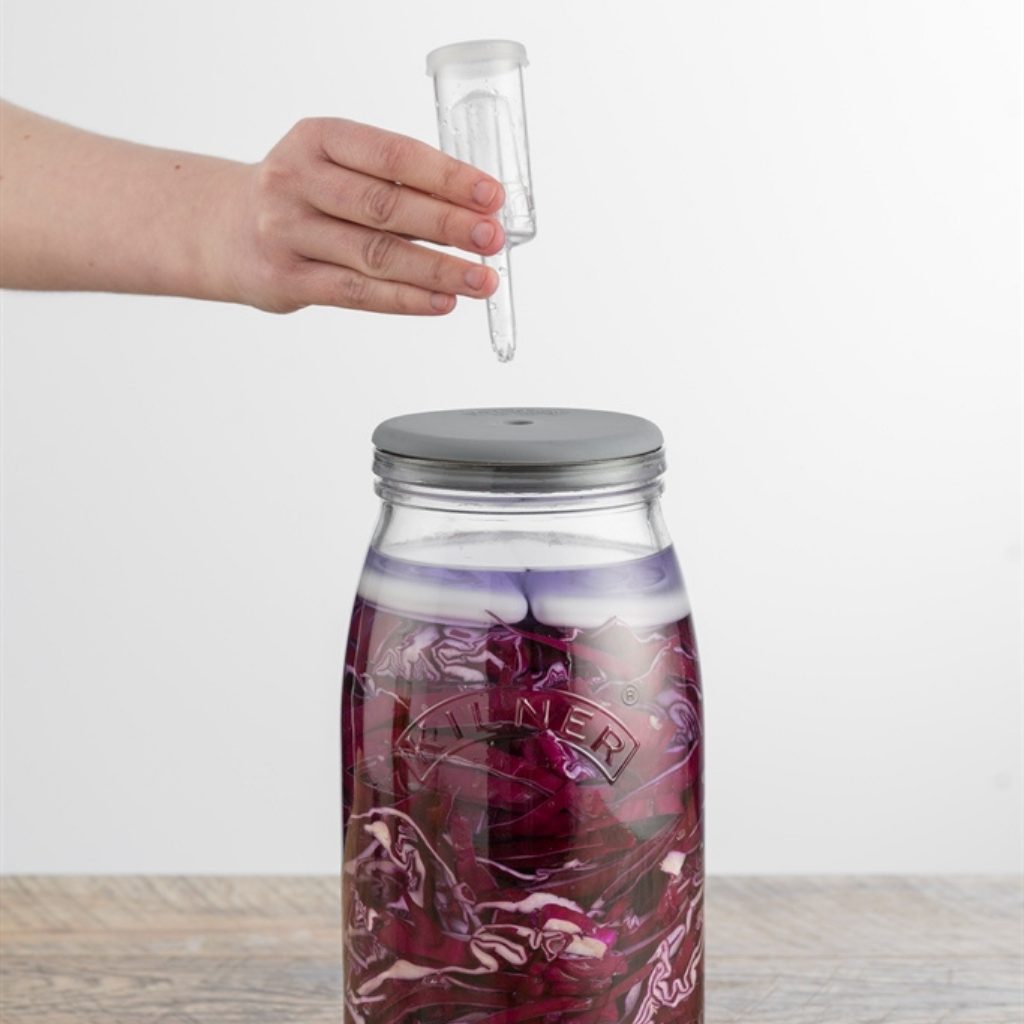

How much water is needed to fill the air lock?
You should fill the air lock to half way full and replenish when you see the water level decrease.

